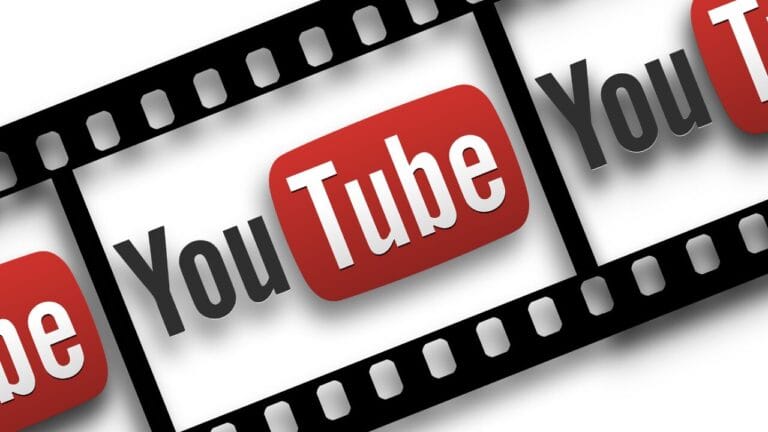
Summary
YouTube is rolling out an AI-based age estimation model from August 13 in the U.S. to better protect minors who fake their age while signing up. The tool uses user activity rather than declared birthdates to estimate actual age. If flagged as under 18, the account will face restrictions like no personalized ads and limited video recommendations. Users wrongly flagged can verify their age via ID, selfie, or credit card. Privacy concerns remain, especially for adults watching child-friendly content.
Introduction – YouTube Age Verification AI
In a major move aimed at protecting younger audiences, YouTube is rolling out its new artificial intelligence (AI) and machine learning (ML) powered age estimation tool starting August 13, 2025. This feature, first announced in July, will be launched initially in the United States, with plans to expand globally based on its performance.
Why Age Estimation Matters
YouTube, owned by Alphabet Inc., is one of the most widely used video platforms across all age groups. While the platform does offer dedicated spaces like YouTube Kids, a significant number of children and teens access the main YouTube site by creating regular accounts. Often, minors enter a fake date of birth to bypass age restrictions, which poses serious challenges for content moderation and data protection.
Recognizing this loophole, YouTube has decided to leverage advanced AI/ML tools to go beyond self-declared information and actually assess a user’s real age based on behavioral patterns. This approach is expected to create a safer, more responsible environment for younger users.
How the AI/ML Age Estimation Tool Works
Unlike traditional age verification methods that rely solely on the date of birth provided by the user, YouTube’s AI-driven model uses a combination of signals to estimate age. These include:
Search history: The kinds of terms a user is searching for
Video consumption habits: Categories of videos watched frequently
Account longevity: How long the account has been active
Viewing patterns: Engagement metrics like likes, watch time, and frequency
YouTube claims that these behavioral signals give the AI a more accurate picture of the user’s likely age, allowing it to proactively step in when underage usage is suspected.
What Happens If You’re Flagged as Under 18?
If the AI system determines that a user is likely under the age of 18, several automatic actions will be triggered:
Disabling personalized ads: This helps comply with data privacy laws like COPPA (Children’s Online Privacy Protection Act) by preventing targeted advertising.
Activating digital wellbeing features: Features like break reminders, bedtime reminders, and restricted screen time tools will be automatically turned on.
Limiting video recommendations: Certain types of content will be restricted from appearing too often, reducing exposure to potentially harmful or inappropriate material.
Enhanced safety measures: Comments on videos may be turned off, and community interaction tools could be limited.
These steps are part of YouTube’s broader goal of ensuring that children and teens interact with content that aligns with their developmental needs and is in compliance with global digital safety regulations.
Accuracy and Human Oversight
While YouTube’s AI system is robust, the company acknowledges that mistakes may occur. A user who is mistakenly identified as a teen will have the option to verify their age. To do this, YouTube will offer the following methods:
Government-issued ID upload
Selfie-based facial verification
Credit card verification
Each method, however, raises privacy concerns. Uploading a government ID or a selfie can be invasive for users who value anonymity or do not wish to share personal information online. There is also the potential for false positives, where adults who regularly play child-friendly content (such as parents or educators) may be misclassified as minors.
Privacy and User Concerns
Despite the noble intent of protecting minors, the feature brings with it some controversial challenges:
Parental usage confusion: Adults watching cartoons or educational videos for their children might be flagged as underage.
Data privacy: Collecting behavioral data to determine age raises questions about surveillance and data handling practices.
Verification hurdles: The requirement to upload sensitive identification can deter users, especially those concerned with online privacy.
YouTube has said that it will allow users to appeal decisions and will continuously update the AI model to reduce errors over time.
Global Expansion and Future Rollout
Although the feature will debut in the United States on August 13, YouTube plans to expand its reach globally. The company has not provided specific dates for international rollout but hinted that the speed and scale of the global launch will depend on the effectiveness and feedback from the U.S. implementation.
This gradual approach suggests that YouTube is keen on perfecting the technology and learning from early missteps before making it available to a broader audience.
Industry-Wide Implications
YouTube’s AI-based age estimation model could set a precedent for other digital platforms struggling with similar challenges. TikTok, Instagram, and other social media platforms have all faced criticism for failing to protect underage users from harmful content and inappropriate interactions.
If successful, YouTube’s tool could become a benchmark for responsible AI in content moderation and youth safety online. However, the delicate balance between safety and privacy will continue to be a key point of discussion.
Final Thoughts
YouTube’s new AI and ML age estimation tool marks a significant step forward in using technology to ensure digital safety, particularly for minors. By focusing on behavioral data instead of self-reported information, YouTube hopes to create a more secure environment that minimizes exposure to inappropriate content, reduces targeted advertising to minors, and encourages healthy digital habits.
Still, the implementation is not without flaws. The privacy concerns associated with age verification, the risk of misclassification, and the reliance on user behavior to make assumptions all point to the need for ongoing refinement and transparency.
As the digital world grows increasingly complex, tools like this will likely become essential. But their success will depend on how well platforms like YouTube can balance innovation with user trust, data privacy, and the right to a safe online experience for all.
